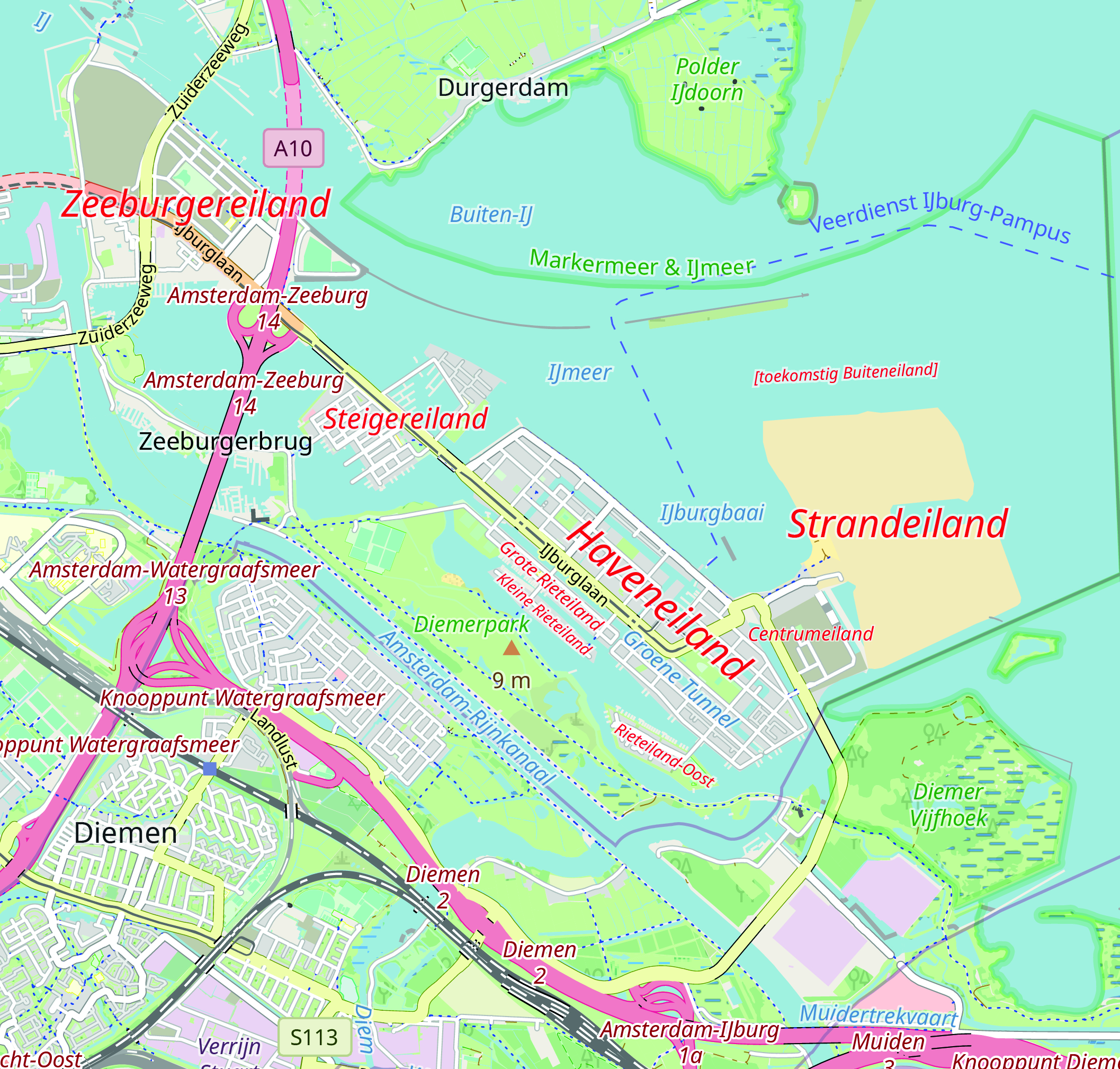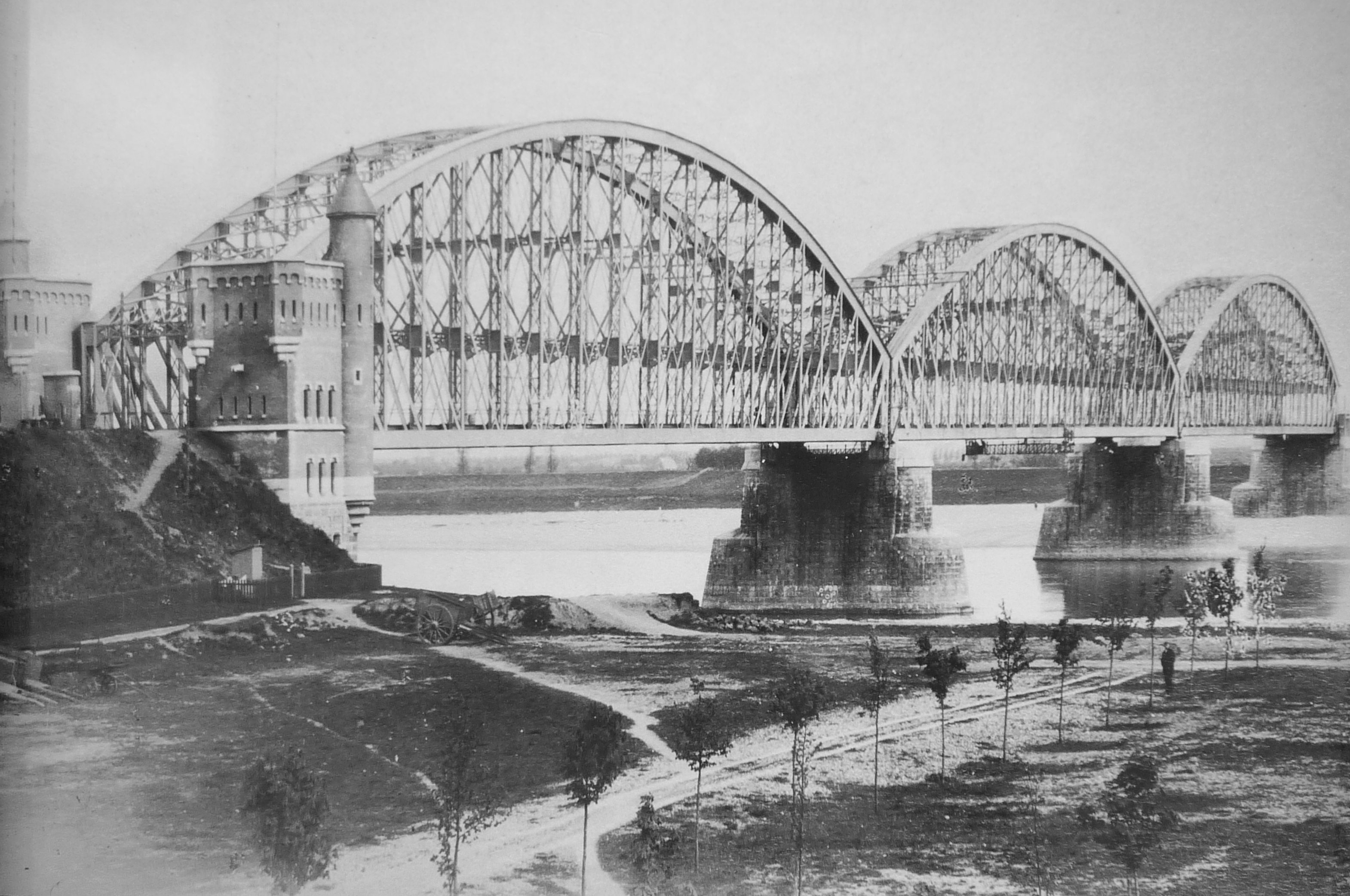|
Nescio
Jan Hendrik Frederik Grönloh (born 22 June 1882 in Amsterdam; died 25 July 1961 in Hilversum), known by his pen name of Nescio (Latin for "I don't know"), was a Dutch writer. Grönloh was a businessman by profession, but as Nescio he is mainly remembered for the three novellas ''De uitvreter'' (The Freeloader), ''Titaantjes'' (Little Titans), and ''Dichtertje'' (Little Poet). His reputation as an important Dutch writer was only established after his death. Biography Nescio was born at Reguliersbreestraat 49 in Amsterdam, the eldest son of Jan Hendrik Frederik Grönloh, blacksmith and shopowner, with whom he shared his full name, and Martha Maria van der Reijden. Nescio grew up as Frits Grönloh, to distinguish him from his father. He was educated at a secular primary school, after which he went to the three-year HBS high school. From 1897 to 1899 he went to the ''Openbare Handelsschool'' (a college level business school). After this he started work as an office clerk in Henge ... [...More Info...] [...Related Items...] OR: [Wikipedia] [Google] [Baidu] |
IJburg
IJburg () is a residential neighbourhood under construction in Amsterdam, Netherlands. It is situated in the IJmeer and is being built on artificial islands which have been raised from the lake. The Haveneiland, Rieteilanden, Steigereiland and Centrumeiland are already inhabited as of 2004. It is part of the municipality Amsterdam-Oost and also contains the Diemerpark, one of the city's largest parks. History Planning (1965–1997) In 1965, the architects Jo van den Broek and Jacob B. Bakema designed the Pampus Plan for a town in the IJmeer intended to house 350,000 residents, most of whom were to come from crowded Amsterdam. But national plans changed and people were instead encouraged to move from the city to the expanding towns in the neighbouring areas like Purmerend, Hoorn and the new city of Almere. The Bijlmermeer neighbourhood was also constructed south of the city and Diemen was expanded. Policy changes in the 1980s resulted in the development of construction nearer ... [...More Info...] [...Related Items...] OR: [Wikipedia] [Google] [Baidu] |
NRC's Best Dutch Novels
''NRCs Best Dutch novels is a list of the most popular Dutch-language novels as of 2007. This list is based on an internet survey on books, carried out by the Dutch newspaper NRC Handelsblad in the beginning of 2007. The Dutch public originally voted for their best-loved books from a "long-list". The long-list also contained Flemish authors like Louis Paul Boon, Hugo Claus and Willem Elsschot. From this, a "short-list" of ten books was drawn up for further voting. In March 2007 the final voting as shown below was presented on the Dutch national television. The list comprises 9 novels. The works by Nescio are three novellas which have been published together. The list no longer contains Flemish (Belgian) authors. The 10 books #Harry Mulisch, ''The Discovery of Heaven''; (1992) #Kader Abdolah, '' The House of the Mosque''; (2005) #Multatuli, ''Max Havelaar''; (1860) #J. Bernlef, '; (1984) #Willem Frederik Hermans, '' The Darkroom of Damocles''; (1958) #Willem Frederik Hermans, '' ... [...More Info...] [...Related Items...] OR: [Wikipedia] [Google] [Baidu] |
Sarphatistraat
The Sarphatistraat is a street in the center of Amsterdam between Frederiksplein and Oostenburgergracht at the Cruquiuskade. The street crosses the Amstel and forms an almost long connection between the southern part of the Grachtengordel and the Oostelijke Eilanden. Location The Sarphatistraat is the only street in Amsterdam that has the same name on both sides of the Amstel. It has been the first cycling street in Amsterdam since 2017, a street that is primarily intended for cyclists and where cars are a guest. At the Weesperplein the Sarphatistaat intersects the main Weesperstraat–Wibautstraat route (city route s112). The street is crossed by the Weesperplein to the north, a dual carriageway section of the Weesperstraat, and to the south side by the Rhijnspoorplein a dual carriageway section of Wibautstraat. At Roetersstraat there is a building complex known as Roeterseiland at the Sarphatistraat campus of the University of Amsterdam. At the Alexanderplein the Sarphat ... [...More Info...] [...Related Items...] OR: [Wikipedia] [Google] [Baidu] |
Nijmegen Railway Bridge
The Nijmegen railway bridge is a truss bridge spanning the River Waal, connecting the city of Nijmegen to the town of Lent in the Netherlands. Construction Construction started in 1875, on the site of an ancient Roman bridge, and was completed 4 years later in 1879. It originally consisted of 3 truss arches. The southern land abutment, styled as a medieval city gate, was designed by Dutch architect P.J.H Cuypers. These tower structures served the purposes of protecting the entrance to the city of Nijmegen. The railway bridge's construction meant that train connections to Arnhem were possible, thus Nijmegen was the last major city in the Netherlands to be connected to the national rail network. Second World War The middle arch of the bridge was destroyed twice during the Second World War, but despite this it survived the conflict. The first demolition was initiated on 10 May 1940 by the Dutch themselves when the Wehrmacht approached. The Germans repaired the bridge, and it ... [...More Info...] [...Related Items...] OR: [Wikipedia] [Google] [Baidu] |
1961 Deaths
Events January * January 3 ** United States President Dwight D. Eisenhower announces that the United States has severed diplomatic and consular relations with Cuba (Cuba–United States relations are restored in 2015). ** Aero Flight 311 (Koivulahti air disaster): Douglas DC-3C OH-LCC of Finnish airline Finnair, Aero crashes near Kvevlax (Koivulahti), on approach to Vaasa Airport in Finland, killing all 25 on board, due to pilot error: an investigation finds that the Captain (civil aviation), captain and First officer (civil aviation), first officer were both exhausted for lack of sleep, and had consumed excessive amounts of alcohol at the time of the crash. It remains the deadliest air disaster to occur in the country. * January 5 ** Italian sculptor Alfredo Fioravanti marches into the U.S. Consulate in Rome, and confesses that he was part of the team that forged the Etruscan terracotta warriors in the Metropolitan Museum of Art. ** After the 1960 Turkish coup d'état, 1960 ... [...More Info...] [...Related Items...] OR: [Wikipedia] [Google] [Baidu] |
1882 Births
Year 188 (CLXXXVIII) was a leap year starting on Monday of the Julian calendar. At the time, it was known in the Roman Empire as the Year of the Consulship of Fuscianus and Silanus (or, less frequently, year 941 ''Ab urbe condita''). The denomination 188 for this year has been used since the early medieval period, when the Anno Domini calendar era became the prevalent method in Europe for naming years. Events By place Roman Empire * Publius Helvius Pertinax becomes pro-consul of Africa from 188 to 189. Japan * Queen Himiko (or Shingi Waō) begins her reign in Japan (until 248). Births * April 4 – Caracalla (or Antoninus), Roman emperor (d. 217) * Lu Ji (or Gongji), Chinese official and politician (d. 219) * Sun Shao, Chinese general of the Eastern Wu state (d. 241) Deaths * March 17 – Julian, pope and patriarch of Alexandria * Fa Zhen (or Gaoqing), Chinese scholar (b. AD 100) * Lucius Antistius Burrus, Roman politician (executed) * Ma Xiang, Chi ... [...More Info...] [...Related Items...] OR: [Wikipedia] [Google] [Baidu] |
Belshazzar's Feast
Belshazzar's feast, or the story of the writing on the wall (chapter 5 in the Book of Daniel), tells how Belshazzar holds a great feast and drinks from the vessels that had been looted in the destruction of the Solomon's Temple, First Temple. A hand appears and writes on the wall. The terrified Belshazzar calls for his wise men, but they are unable to read the writing. The queen advises him to send for Daniel (biblical figure), Daniel, renowned for his wisdom. Daniel reminds Belshazzar that his father Nebuchadnezzar, when he became arrogant, was thrown down until he learned that God has sovereignty over the kingdom of men (see Daniel 4). Belshazzar had likewise blasphemed God, and so God sent this hand. Daniel then reads the message and interprets it: God has numbered Belshazzar's days, he has been weighed and found wanting, and his kingdom will be given to the Medes and the Persian people, Persians. The message of Daniel 5 is the contrast it offers between Nebuchadnezzar and ... [...More Info...] [...Related Items...] OR: [Wikipedia] [Google] [Baidu] |
Social Democratic Workers' Party (Netherlands)
The Social Democratic Workers' Party ( nl, Sociaal-Democratische Arbeiderspartij, SDAP) was a Dutch socialism, socialist political party existing from 1894 to 1946, and a predecessor of the Social democracy, social democratic Labour Party (Netherlands), Labour Party. History 1893–1904 The SDAP was founded by members of the Social Democratic League (SDB) after a conflict between anarchist and reformism, reformist factions. During the SDB party conference of 1893 in Groningen, a majority voted to stop participating in the elections. They were afraid that the parliamentary work would drift the socialists away from what socialism was really about. A minority of members led by Pieter Jelles Troelstra tried to prevent this, and later left the party in order to create a new party. The foundation of a new party was controversial within the socialist movement, because Troelstra was seen as a bourgeois force who had destroyed the unity of the SDB and the socialist movement. When the anarch ... [...More Info...] [...Related Items...] OR: [Wikipedia] [Google] [Baidu] |
De Gids
''De Gids'' (meaning ''The Guide'' in English) is the oldest Dutch literary periodical still published today. It was founded in 1837 by Everhardus Johannes Potgieter and Christianus Robidé van der Aa. Long regarded as the most prestigious literary periodical in the Netherlands, it was considered outdated by the ''Tachtigers'' of the 1880s, who founded ''De Nieuwe Gids'' (meaning ''The New Guide'' in English) in opposition to the periodical. In 2011, ''De Gids'' ceased operations, but has been taken over as ''De-Gids-nieuwe-stijl'' by ''De Groene Amsterdammer''. All volumes of ''De Gids'' up to 2012 are published in the Digital Library for Dutch Literature The Digital Library for Dutch Literature (Dutch: Digitale Bibliotheek voor de Nederlandse Letteren or DBNL) is a website (showing the abbreviation as dbnl) about Dutch language and Dutch literature. It contains thousands of literary texts, second ... References External links ''De Gids'' website {{DEFAULTSORT:Gids, De ... [...More Info...] [...Related Items...] OR: [Wikipedia] [Google] [Baidu] |
Diemen
Diemen () is a town and municipality with a population of in the province of North Holland, Netherlands. It is located approximately 6 km (3.7 mi) southeast of Amsterdam's city centre, within the Amsterdam metropolitan area. Etymology The name ''Diemen'' comes from the river Diem, which originates from ''die eme'', meaning ''the water''. Geography Diemen is located in the province North Holland, in the west of the Netherlands. The town is part of the urban area of Amsterdam and is situated between Amsterdam-Oost (IJburg, Watergraafsmeer), Ouder-Amstel (Duivendrecht), Amsterdam-Zuidoost ( Bijlmer, Driemond), and Muiden. Three waterways cross the municipality: the Weespertrekvaart from west to south, the Amsterdam–Rhine Canal from north to east, and the river Diem from south to north. The river is the namesake of Diemen. The town can be divided into three neighbourhoods: ''Diemen Noord'', ''Diemen Centrum'', and ''Diemen Zuid''. Diemen Noord ( en, North Diemen) is l ... [...More Info...] [...Related Items...] OR: [Wikipedia] [Google] [Baidu] |




